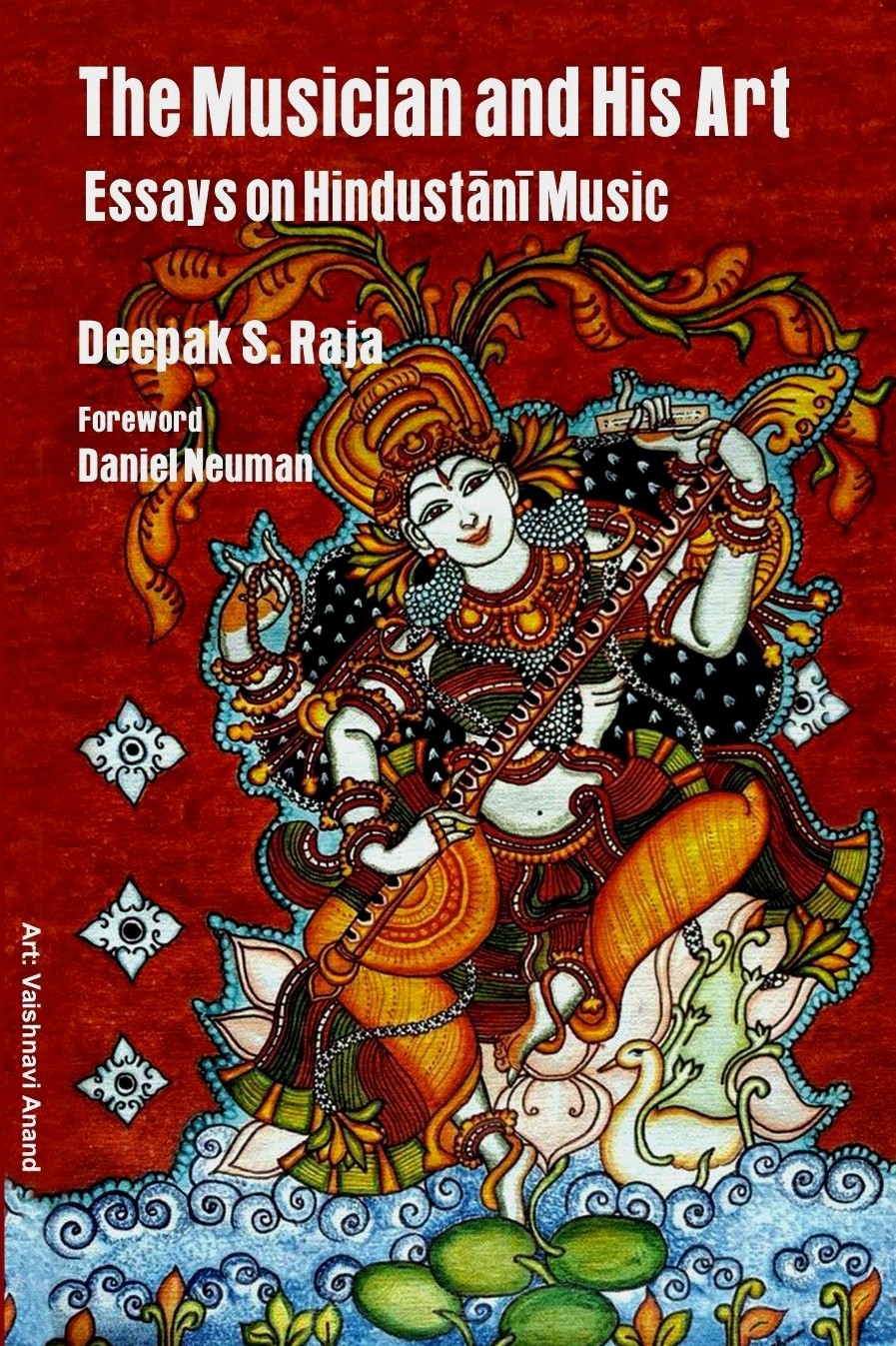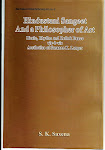I have had occasion to study Malti Basant while writing a commentary on a recording of it by Ulhas Kashalkar.
Malti Basant is a rare raga of the Marwa parent scale of Hindustani music. Amongst major authoritative sources, the solitary available reference I could find was from the Gwalior maestro, Narayanrao Patwardhan (Raga Vigyan, Vol. VI, 2nd Edition, 1964. Sangeet Gaurav Granthamala, Pune). Patwardhan describes the raga as a fusion of Puriya, Basant, Hindol and Sohini.
Ascent: SNrS/ SG/M^DS’
Descent: SNrND/ M^G/SMM^MG/ M^GrS.
The vadi-samvadi pair (the primary and secondary dominants) is identified as Dh and Ga. The various melodic component ragas are identified as follows:
Basant: M^GMGrS
Puriya: M^GrS-rSN
Hindol: SDNM^D
Sohini: SNrND.
Other than the Ulhas recording, the only readily available recording of the raga was an unpublished concert of Sharafat Hussain Khan (1930-1985) of Agra gharana. Interestingly, Sharafat renders the same vilambit bandish as Ulhas does.
Sharafat’s Malti Basant rendition confirms Dh and Ga as the vadi-samvadi pair of this raga. It also confirms that the raga’s centre of gravity lies in the lower half of the melodic canvas. However, in the poorvanga (lower tetrachord) Sharafat feels free to introduce a touch of Lalit in the raga (NrGM/M^MG) as a substitute for the Basant phrasing (SM/ M^MG). In the uttaranga (upper tetrachord), Sharafat tends to ignore the Hindol ascent (GM^DS’) in favour of the Sohini ascent (M^DNSrS).
In the recording, I also notice an occasional, obviously inadvertent, use of komal (flat) Dh in lieu of the shuddha (natural) Dh characteristic of this raga. In summary, it appears that Sharafat performs Malti Basant as a free amalgam of Marwa, Puriya and Sohini, adding to it a touch of Basant or Lalit with twin-Ma usage. Marwa and Puriya have a stronger presence in his rendering than Sohini because of the poorvanga bias of the raga. The Hindol facet of the raga is substantially played down. In the totality, however, the identifying features of the raga are under control.
Ulhas had the following comments about Malati Basant (message of June 5, 2003): “I have heard Malti Basant from my guru, Gajananrao, and from Latafat Hussain Khan and Babbanrao Haldankar. My impression is that this raga has been sung mainly in the Agra gharana. This raga is actually an old version of raga Basant, which used shuddha (natural) Dh instead of the komal (flat) Dh currently in use. According to Raga Vaibhav, a publication of Gandharva Mahavidyalaya, it was also known as “Mandir Basant”. Although the raga has shades of Puriya, Sohini as well as Basant -- there is no Hindol in it -- it is not a compound raga.”
As is to be expected in performances of rare raga-s, Ulhas’ treatment of the raga differs from its treatment by Sharafat Hussain. Throughout the alap of the vilambit khayal, the Puriya and Basant facets of the raga are treated as parts of a fundamentally seamless melodic entity. However, Ulhas does use the introduction of the Basant facet intermittently as an element of surprise in an otherwise Puriya dominant treatment of the raga. This gives the raga the semblance of a compound raga. The Sohini facet of the raga often gets accidentally highlighted when Ulhas chooses to vary a Puriya phrase (NDM^) and replaces it with a Basant flavoured phrase (NDM), creating an aural image, which approximates the Sohini descent (NDG). In the taans section, the raga takes on a different flavour. Because of the speed of execution, the intonation of Komal (flat) Re, which is already subdued in the Puriya facet of the raga, is subdued even further, while Ga gets emphasised, being an important melodic centre of the raga. As a result, the descending tans occasionally acquire a suggestion either of Hindol with Tivra (sharp) Ma or of Bhinna Shadja with shuddha (natural) Ma.
Historically, as Ulhas suggests, the raga may have evolved as a variant of an equally rare raga currently known as Shuddha Basant or Aadi Basant, also of the Marwa parent scale. This raga was apparently in reasonable circulation in the Dhrupad era, has been performed by Ustad Vilayat Khan in the early 1960’s (unpublished), and by the sitarist, Subroto Roy Choudhry on a CD published by India Archive Music, New York.
The two recordings on hand – those of Ulhas and Sharafat Hussain -- support the view that Malti Basant was not conceived as a compound raga. Like all rare ragas, the grammar of Malti Basant is fluid. These ragas have a few identifying features, which are probably defined by the few bandishes in circulation. Within the boundaries of the bandish, the raga is amenable to variable interpretation, without any major damage to its essential raga-ness.
(c) India Archive Music Ltd. New York
Subscribe to:
Post Comments (Atom)






No comments:
Post a Comment